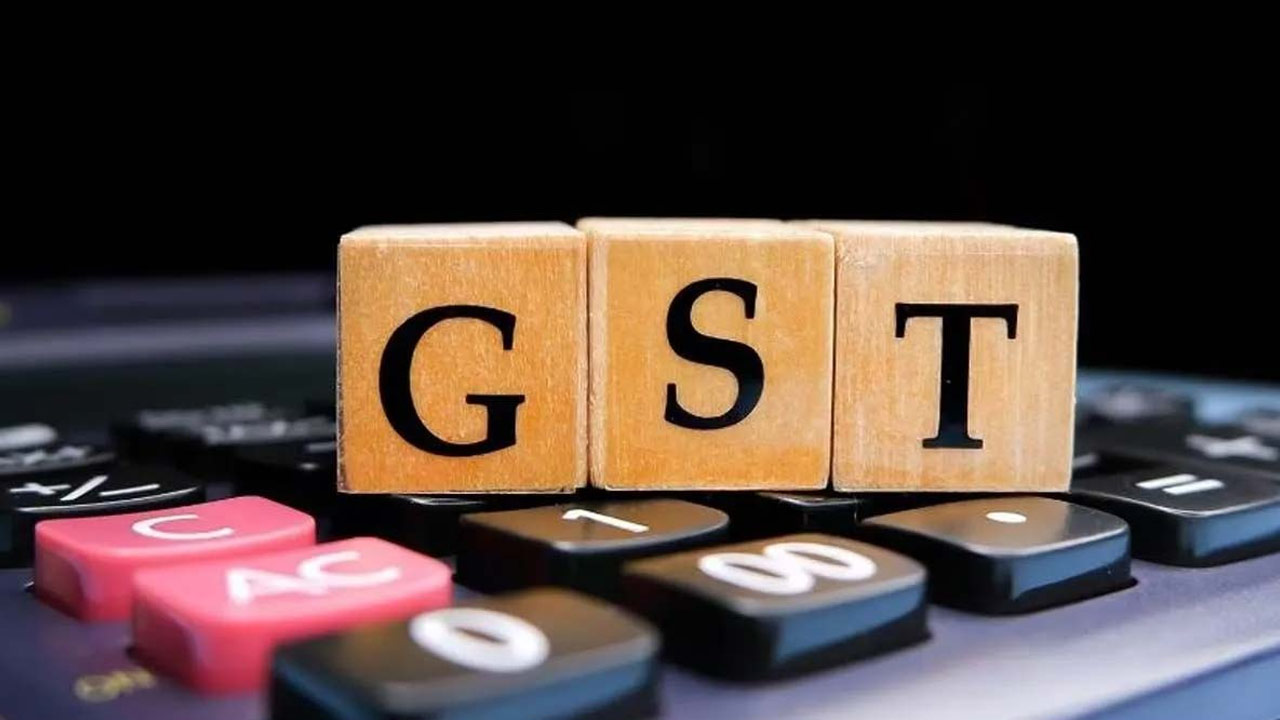New Delhi, October 31, 2025 — India’s Goods and Services Tax (GST) collections have remained impressively steady even after the major tax rationalisation exercise implemented in early September. The wide-ranging reform, which reduced rates on nearly 99% of taxable goods and services, was expected to create a temporary dip in revenue. However, the latest numbers suggest that collections have held firm, indicating strong underlying economic activity and compliance.
According to officials from the finance ministry, the buoyancy in GST revenue after such significant rate cuts highlights the growing stability of the tax system and the expanding base of registered taxpayers. This resilience has bolstered confidence in North Block, with the government now anticipating only a marginal and manageable shortfall compared to the FY26 budget projections.
Resilient Revenue Performance After Rationalisation
The GST rate rationalisation, introduced in September 2025, aimed to simplify the indirect tax structure by slashing rates across almost all categories of goods and services. Despite this, the collections have stayed strong, reflecting a steady pace of consumption and better compliance supported by digital monitoring and improved data analytics by the GST Network (GSTN).
A senior official noted that the structural reform has “not significantly dented revenue flows,” adding that the rationalised rate system is likely to further enhance compliance in the medium term by reducing classification disputes and easing business operations.
Government Confident of Meeting FY26 Fiscal Goals
While officials acknowledge that there could be a slight shortfall in GST revenues compared to the targets laid out in the Union Budget for FY26, the deviation is expected to be minor and easily absorbed within the overall fiscal framework. The Centre remains optimistic that with the festive season and increased consumer spending in October, collections will receive a further boost.
“The GST numbers have been resilient, and we expect October’s data to be particularly encouraging given the festive demand surge,” said a finance ministry source. The government’s upbeat stance is underpinned by robust performance in sectors such as manufacturing, services, and retail, all of which have contributed to steady tax inflows.
Positive Economic Indicators
Economists suggest that the strong GST performance post-rate cuts reflects the underlying health of the economy. “When tax revenues remain stable despite a reduction in rates, it indicates a combination of higher consumption, better compliance, and possibly reduced tax evasion,” said an industry analyst.
The reform, which simplified the tax rate structure, is also expected to help small and medium businesses by lowering the tax burden and improving ease of doing business. This could, in turn, lead to greater formalisation and expansion of the tax base over time.
Looking Ahead: Sustainable Growth and Policy Confidence
The Centre’s confidence in GST revenue trends is likely to support its broader fiscal strategy. Policymakers are viewing the steady collection figures as validation that the tax system is maturing. With continuous enhancements in compliance mechanisms and the push towards real-time invoice tracking, the government expects the revenue base to strengthen further in the coming quarters.
Moreover, the GST Council’s focus on streamlining procedures and resolving industry concerns is expected to enhance efficiency and reduce litigation. These measures, along with expanding digitisation across tax processes, are seen as vital steps toward ensuring long-term sustainability of indirect tax revenue.










